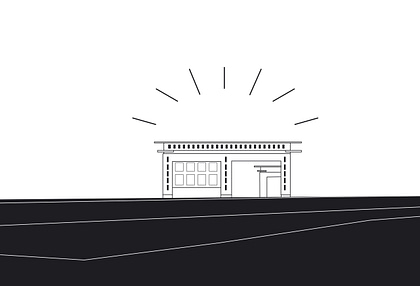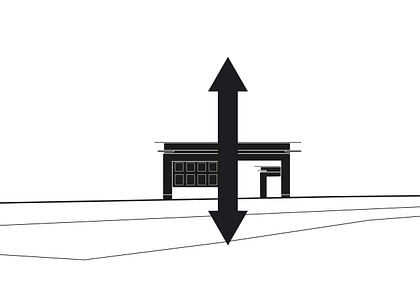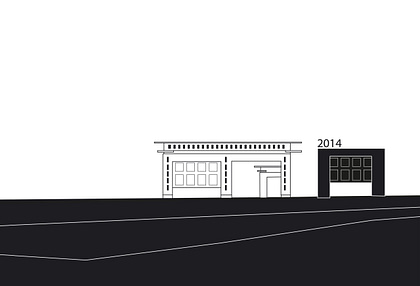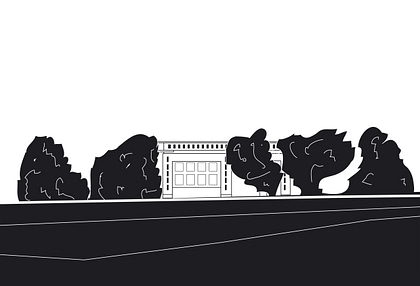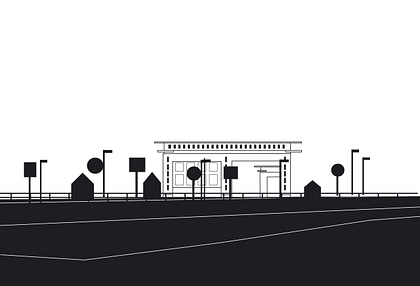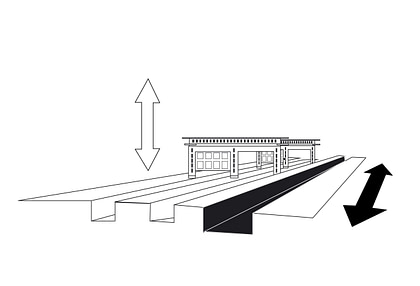
2011 - 2019
Objets Trouvés
2011 - 2019
Objets Trouvés
The Lekkanaal serves as the most important inland shipping route in the Netherlands. The Princes Beatrix Lock in the middle of the Lekkanaal allows this shipping route to cross the country from North to South. In order to allow the ever-growing state-of-the-art ships to use this route, the Princes Beatrix Lock will be enlarged with a third lock chamber. Consequently, the Lek canal will need to be widened.
Nieuwegein
Ministerie van Insfrastructuur en Milieu, Rijkswaterstaat Utrecht
H+N+S landschapsarchitecten
70 ha
Bureau B+B defined the preconditions for the landscape integration. The widening of the canal involves the relocation of the Eastern dike. Within this dike, bunkers of the nineteenth-century military defence line and a state monument, the Nieuwe Hollandse Waterlinie, lay hidden in the landform. This military defence line consisted of a series of bunkers, hiding places and fortresses spanning from North to South throughout the entire country. Between these bunkers a network of fields, dikes and waterworks formed a wide strip of land that could be entirely flooded, preventing possible enemies from the East from entering the West of the country. Up until today, the defence line remains nearly entirely intact. Removing these bunkers would have destroyed the continuity of the defence line and therefore set a precedent. Simply relocating these objects would be considered the falsification of history. Therefore, the objects must be set aside in a manner that clearly illustrates that they have been moved. They were carefully moved, twisted and turned. By taking these measures, the widening of the canal becomes a legible part of the landscape’s history. The casemates linger as ‘Objets Trouvés’ along the canal, creating a museum landscape of the recent history.



The bunkers of the Nieuwe Hollandse Waterlinie were subjects of a complex political debate. The National Project of the Nieuwe Hollandse Waterlinie aspires to have the Nieuwe Hollandse Waterlinie listed as UNESCO World Heritage. As a result, any intervention on this scale to the Defense line would put recognition in jeopardy. Bureau B+B worked intensively alongside the National Project towards a solution to this topic of cultural heritage. Eventually, all the involved stakeholders agreed to the strategy of ‘Objets Trouvés’ which led to the execution of the project.


The ‘Objets Trouvés’ strategy proves that a bold yet contextually sensitive approach is the only way in which complex discussions around the landscape, identity, economic performance and cultural heritage can be brought together and resolved. We think Objets Trouvés is a good example of actively adding a chapter to the book that is called our cultural landscape.



